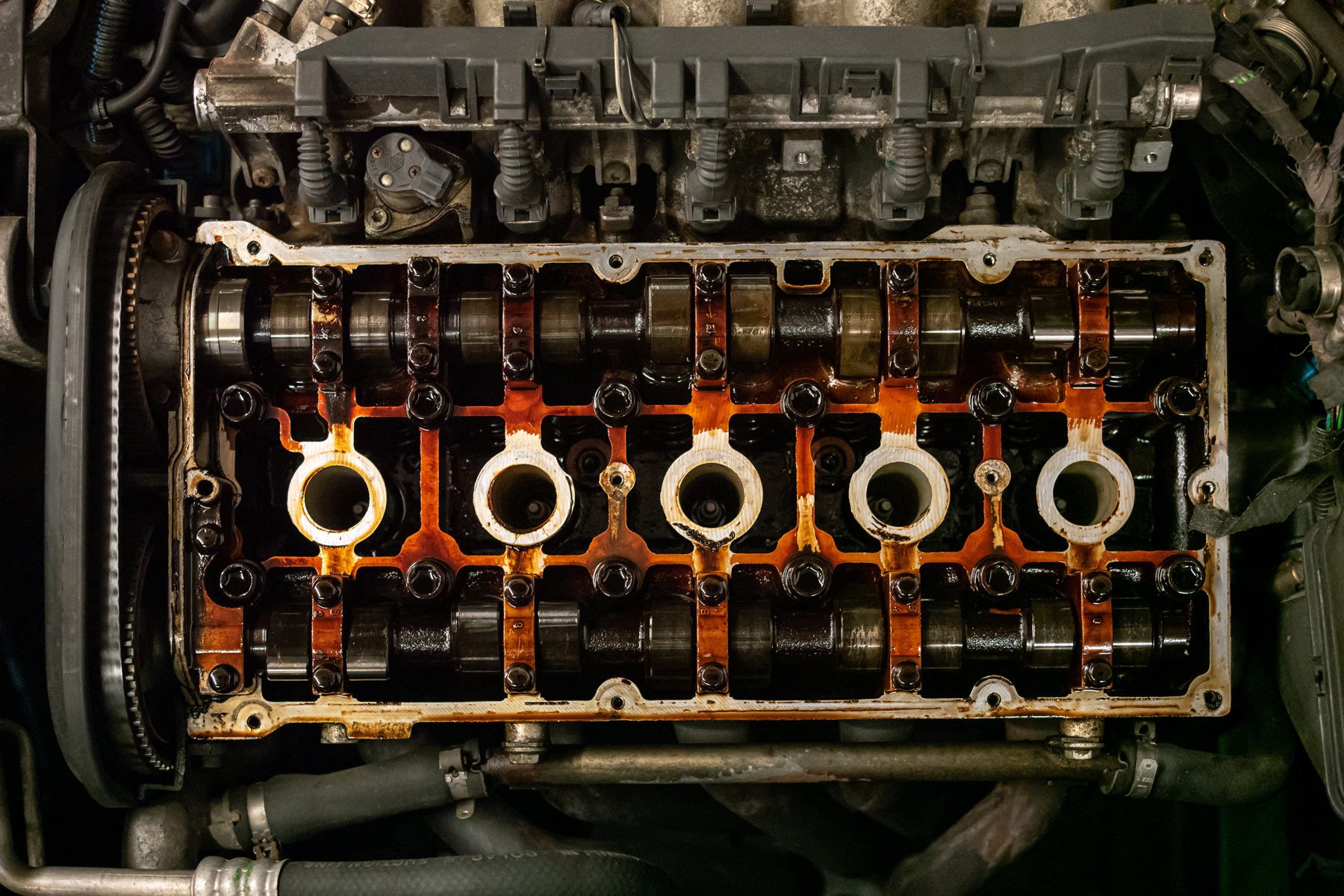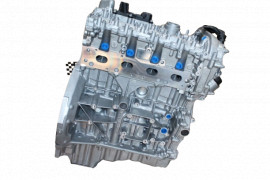Powerful and reliable Tiny Auto Motor Efficiency Analysis
Analyzing the performance of little car electric motors is a nuanced job that needs an eager eye for detail and a deep understanding of vehicle engineering concepts. By examining essential metrics such as horse power and torque, as well as assessing gas effectiveness, we can discover insights into how little auto engines can be maximized for peak efficiency.

Little Vehicle Electric Motor Efficiency Metrics
In evaluating the performance of tiny car electric motors, vital metrics such as velocity, fuel efficiency, and power outcome play a vital duty in identifying their general effectiveness and suitability for various driving problems. Velocity, measured in secs from 0 to 60 miles per hour, shows exactly how rapidly a little vehicle can reach greater rates, which is essential for merging onto highways or overtaking various other cars. Gas performance, typically measured in miles per gallon (MPG), mirrors how much a little car can travel on a gallon of gas, affecting running expenses and environmental sustainability. Power output, expressed in horse power (HP) or kilowatts (kW), signifies the engine's capacity to generate the required force to move the vehicle, affecting its efficiency in numerous roadway conditions. By evaluating these efficiency metrics thoroughly, producers, drivers, and automotive fanatics can make educated decisions relating to the choice and optimization of small car electric motors to meet their specific needs and preferences.

Horse Power and Torque Evaluation
With a fundamental duty in recognizing tiny auto electric motor efficiency, horsepower and torque analysis offers insight right into the engine's power distribution attributes. In the context of little cars and truck electric motors, horsepower is crucial for determining velocity, top speed, and total performance. By understanding the partnership in between horsepower and torque, automobile engineers can maximize engine performance to meet the details demands of small auto applications.
Gas Efficiency Analysis
The analysis of fuel effectiveness in tiny vehicle motors plays an essential role in determining their environmental and economic effect. In tiny car motors, where small dimension usually correlates with better fuel economy, various aspects affect performance.
To evaluate fuel efficiency, metrics such as miles per gallon (MPG) are typically utilized. This dimension shows the range a lorry can travel per system of gas. Tiny auto electric motors that achieve higher MPG ratings are considered much more fuel-efficient, leading to expense savings for chauffeurs and minimized exhausts that profit the setting. Manufacturers continually strive to boost gas performance via innovations in engine modern technology, light-weight materials, and wind resistant styles.

Optimizing Tiny Auto Engine Efficiency
Enhancing the effectiveness of tiny automobile engines is extremely important in useful content taking full advantage of efficiency and reducing functional expenses. Maximizing small automobile engine efficiency involves an alternative strategy that considers different variables such as engine design, fuel administration systems, and total car characteristics.
One more important consider maximizing little vehicle engine efficiency is the use of advanced modern technologies such as turbocharging or hybrid systems. These technologies can enhance power result without endangering fuel performance, offering an equilibrium between efficiency and economic climate. Furthermore, enhancing engine performance likewise involves improving burning effectiveness, decreasing frictional losses, and boosting thermal administration systems.
Future Trends in Small Car Motors
Due to progressing automobile modern technologies and the continual search of optimum little auto engine performance, an expedition of future trends in tiny car motors becomes imperative - opel corsa engine. One famous trend on the perspective is the boosting assimilation of electrical powertrains in small cars and trucks. As the automotive industry shifts towards sustainability and minimized exhausts, more tiny vehicle makers are purchasing electrical motor modern technology to try here boost efficiency and environmental friendliness
Another considerable pattern is the advancement of smaller yet a lot more effective turbocharged engines for tiny cars. By downsizing engine capacities and incorporating turbocharging technology, automakers can achieve higher power outputs while keeping gas performance. This fad straightens with the expanding customer demand for small vehicles that deliver a dynamic driving experience without jeopardizing on fuel economy.
Moreover, the emergence of crossbreed powertrains in tiny cars and trucks is anticipated to acquire traction in the future. Hybrid systems use the advantages of both interior combustion engines and electrical motors, supplying enhanced performance and gas performance. As improvements in battery technology proceed, little automobile motors are most likely to end up being even more reliable and powerful, satisfying the developing needs of customers and regulative requirements for cleaner transport services.
Verdict
In verdict, the analysis of tiny automobile motor efficiency metrics such as horsepower, gas, and torque efficiency is crucial in enhancing engine efficiency. By examining these factors, makers can improve the total efficiency and power outcome of small cars and truck motors (opel corsa engine). Future patterns in tiny automobile electric motors are most likely to concentrate on boosting performance while keeping gas efficiency, making sure that tiny automobiles remain to be a reputable and affordable selection for consumers
By examining essential metrics such as horse power and torque, as well as evaluating fuel effectiveness, we can reveal insights into exactly how tiny car engines can be enhanced for peak efficiency. Maximizing tiny vehicle engine performance includes an all natural approach that thinks about different variables such as engine layout, gas management systems, and overall car dynamics.In light of advancing vehicle modern technologies and the continual pursuit of optimal tiny vehicle engine performance, an exploration of future patterns in little automobile electric motors ends up being imperative.In conclusion, the evaluation of tiny car electric motor efficiency metrics such as horse power, torque, and gas effectiveness is vital in enhancing engine performance. Future trends in click this small car electric motors are most likely to focus on enhancing performance while keeping gas effectiveness, guaranteeing that small vehicles continue to be a reliable and affordable option for consumers.